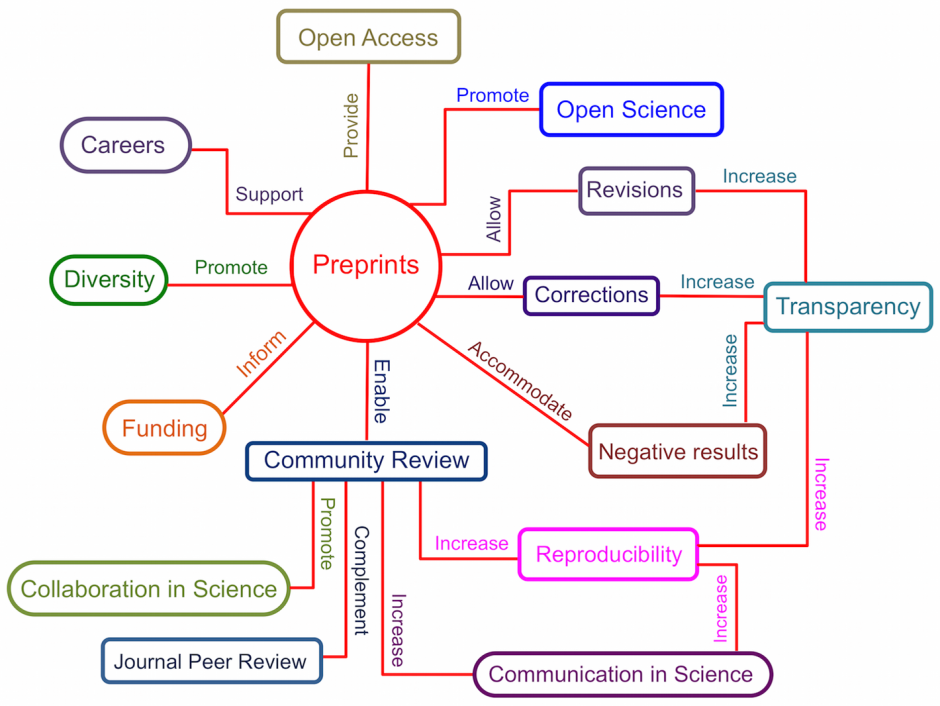
Publication of manuscripts in a peer-reviewed journal can take months or even years from the time of initial submission owing to the time required by editors and reviewers to evaluate and critique manuscripts and the time required by authors to address critiques. The need to quickly circulate current results within a scholarly community has led researchers to distribute documents known as preprints, which are manuscripts that have yet to undergo peer review. The immediate distribution of preprints allows authors to receive early feedback from their peers, which may be helpful in revising and preparing articles for submission.

Although preprints have been in circulation dating back to at least the 60s, the internet was cause for an explosion in their availability and dissemination. This has given rise to massive preprint databases such as arXiv.org and to institutional repositories.
While preprints have not traditionally been afforded much weight in the academic prestige economy, this is slowly changing and the role that they play is becoming more important to the scientific process, particularly in mathematics, computer science and other physical science disciplines.
Adapted from Preprint on Wikipedia. Licensed under CC BY-SA.

Dig Deeper
To learn more about the value of preprints, review: Sarabipour, Sarvenaz et al. (2019). On the value of preprints: An early career researcher perspective. Licensed under CC BY.
